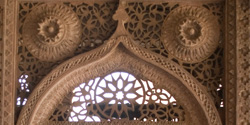Any mention of Chanderi and the first thought that comes to the mind is not the town but the fine, silken fabric woven here. With a loom in virtually every house and the streets reverberating with the continuous beats of the khatka, weaving is literally the heartbeat of the town. Subsidiary traditional occupations include beedi making, bamboo weaving, stone quarrying and dressing, pottery etc.
Koshak Mahal
This simple yet imposing building, located on the Isagarh road at a distance of 4 kilometres from Chanderi… [more]
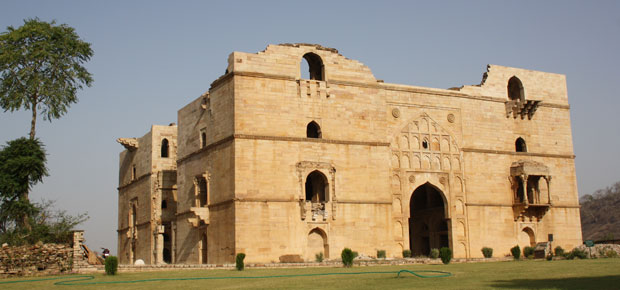

Shehzadi Ka Rauza
This elegant structure, built on a 12 feet high platform, stands near the Parmeshwar Pond. On the outside… [more]


Ramnagar Palace and Museum
The road through the Kati Ghati gate leads up to the Ramnagar Palace which is also a museum maintained… [more]
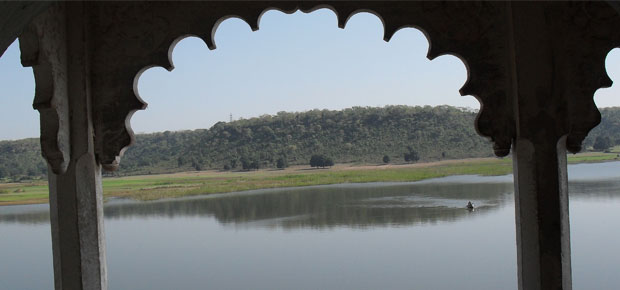

Purana Madarsa
Built in 1450 under the aegis of Mahmood Khilji I of the Malwa Sultanate, this elegant structure is actually… [more]


Kati Ghati Gateway
This heraldic structure, cut entirely out of living rock, is situated on the southern edge of Chanderi,… [more]
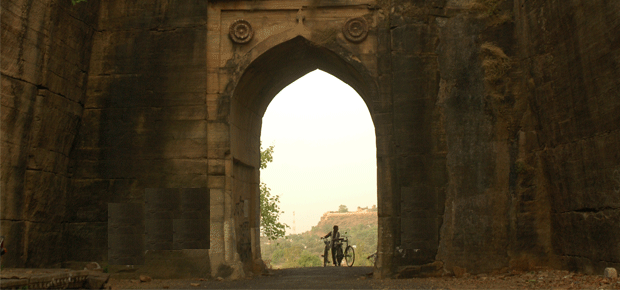

Behti Math
Located 3 kilometres away from the village of Behti, which in turn is 20 kilometres south-east of Chanderi, … [more]
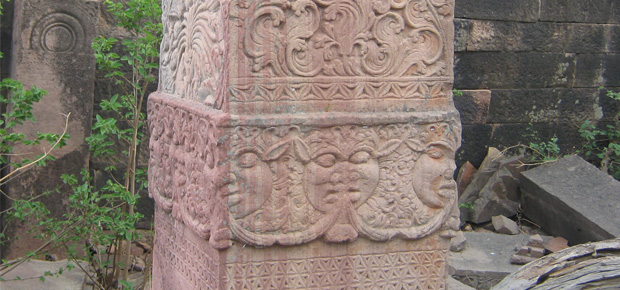

Nanuan Rock Paintings
Near the village of Nanaun, along the river Urr (Urvashi), can be found the earliest imprints of human… [more]
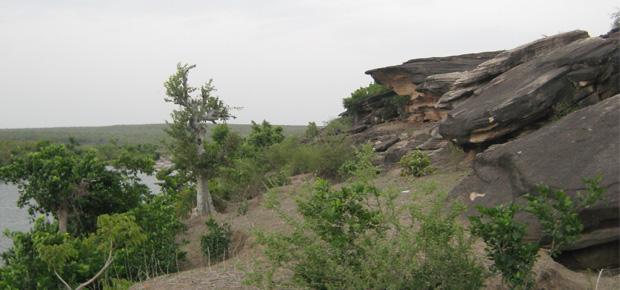

Idgah
This mosque, situated a short distance from the main town, was built in AD 1495 by the Governor Sher… [more]
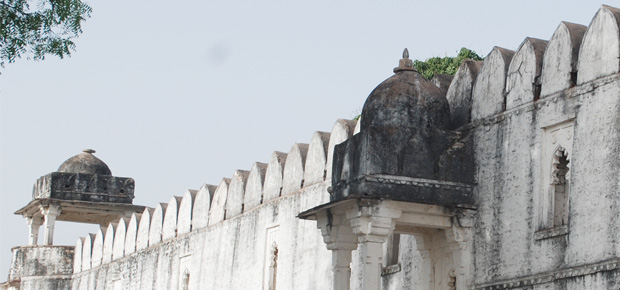

Khandargiri Temple
About 2 kilometres south of town, on the Ramnagar road is the Khandargiri temple complex which is a popular… [more]
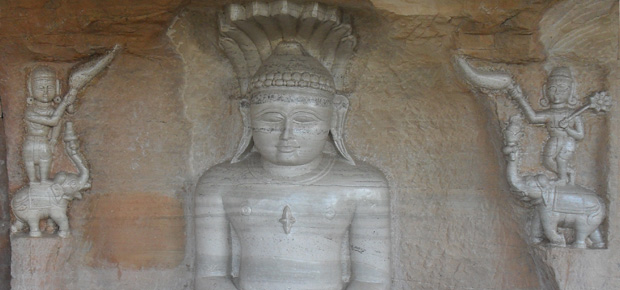

Badal Mahal Darwaza
This structure, the most eminent among all monuments in Chanderi, is situated at the southern end of… [more]
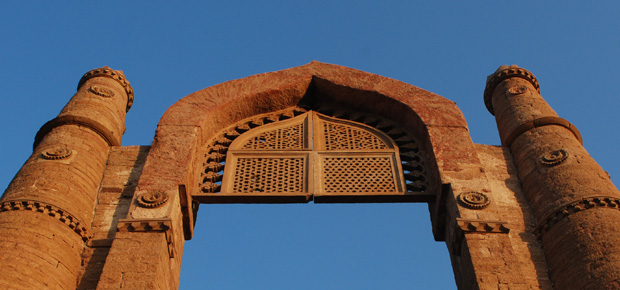

Singhpur Palace
Set in the midst of the the Vindhyachal hill ranges, the Singhpur Palace is located at a distance of… [more]


Kirti Durg
The Kirti Durg was first constructed by the 11th century Pratihara king Kirti Pal and is named after… [more]
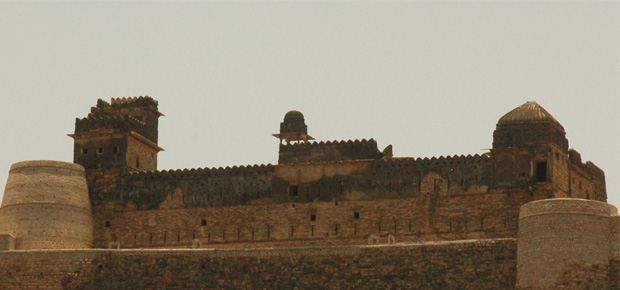

Jama Masjid
The Jama Masjid, with a capacity of holding over 2000 persons at the time of prayer, is the largest and… [more]


Jageshwari Temple
The founding of this temple is interlinked with the lore of founding of modern Chanderi, when the Pratihara… [more]


Nizamuddin Family Tombs
Approached by the Chanderi Mongawali road, situated near the Jama Masjid, in the Andar Shehar or Inner… [more]


The fortunes of Chanderi have always been entwined with the fortunes of its weaves. Hence, the history of the town will remain incomplete without a look at this artistic tradition.
Although weaving is the main livelihood option for the majority of the population, household incomes are supplemented by beedi making. It usually employs the women and girls of the family, who are commonly seen at the doors of their homes engaged in drying the leaves and rolling tobacco into them once they are dry.
Raw material for the products is procured locally from the forest which lies in vicinity of the town. Bamboo is abundant during the rainy season, which is when most of the weaving is done. Bamboo is the traditional occupation of the Bansors.
As Chanderi is located on the Malwa plateau, the region around it is extremely rich in sandstone. The stone is quarried on a large scale from the surrounding areas and then transported.













